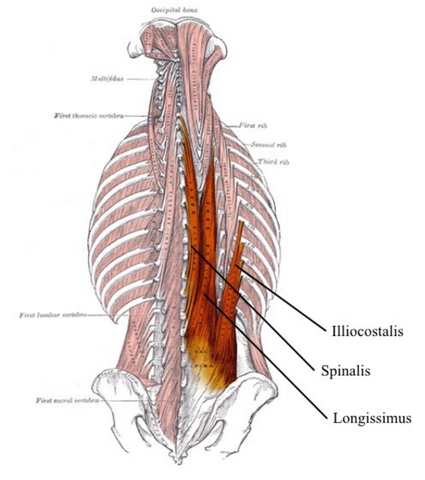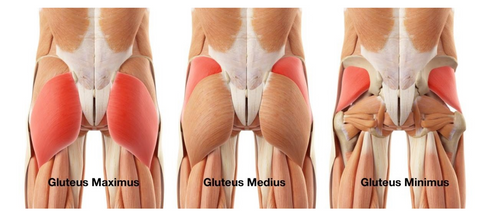Explore The Core: It Ain’t Just Your Abs
Feb 24,2021 | Miss Balance
How many times have you encountered someone who thinks the core is only made up of their abs? The fitness instructors we’ve spoken to estimate this number at around a million and fifty-three. Today, we are doing them a favor and shouting at the top of our lungs:
Your core consists of more than just your abs.
Your core actually consists of all the muscles that are attached to your spine that move, support and stabilize it. These muscles work together to help you perform daily functions such as breathing and maintaining good posture and stability so you don’t fall over while walking, tip over backwards or sway side to side uncontrollably like a pendulum.
In this article, we have identified five major muscles in the core. Once you’ve gotten to the end of it and made the life-changing discovery that there’s more to your core than just the abdominal muscles, you can incorporate more well-rounded exercises that target these various muscle groups. Many people make the mistake of focusing only on training their abs, which can cause postural issues like a forward hunch owing to having short and tight muscles in the front but long and weak ones in the back. Don’t be that guy.
Transversus abdominis: Your body’s corset

The transversus abdominis is a large sheet of muscle that wraps around your body like a corset. It covers the torso and spine and plays a key role in keeping your spine aligned and in place. It is also responsible for keeping your ribs and internal organs in position.
Obliques: Your body’s twisters

Obliques are the muscles on the sides of your body that extend from your pelvis to your ribs. They consist of two muscles: the internal obliques and the external obliques. The internal obliques are located directly under the external obliques, and they work in pairs to help your upper body twist. For example, when you twist to the right to pay attention to a friend who is speaking, you are engaging your right internal oblique and left external oblique. Conversely, when you twist to the left because you are sick of listening to your friend go on and on, you are engaging your left internal oblique and right external oblique.
Erector spinae: Your body’s support system

Made up of a collection of nine different muscles, the erector spinae starts at the base of your skull and extends down the length of the spine to your pelvis. They allow you to stand up straight and rotate from side to side. When you walk, the erector spinae stabilizes your spine on top of your pelvis and keeps it in its neutral position. Together with the body’s glutes, the erector spinae also assists in upward-pulling motions like lifting something heavy off the ground.
The glutes: Your body’s powerhouse

The glutes are made up of 3 muscles: the gluteus maximus, the gluteus medius and the gluteus minimus, which are all layered on top of each other in the buttocks. The glutes power movement in your hips and thighs that enable you to walk, climb stairs, sprint, squat and balance on a single leg. This means that if you’re sitting all day in the same position, the muscles in the glutes start getting tight and stop firing properly.
Rectus Abdominis: Everybody’s Favorite Six-Pack

At long last, we get to everybody’s favorite, the most popular part of the core: The rectus abdominis, more famously known as the six pack. The rectus abdominis and refers to the two bands of muscles that run down the front of your abdomen. They stabilize the lower spine and pelvis, and allow you to sit up from a lying position or bend over to pick something up from the ground.
_
Looking to wear comfortable shoes ? Try Sunnystep's Balance Runner shoes, where it has insoles to support the arches of your feet, with velvet cushioning to prevent blisters and a wider front for more wriggle room for those with wide feet.

